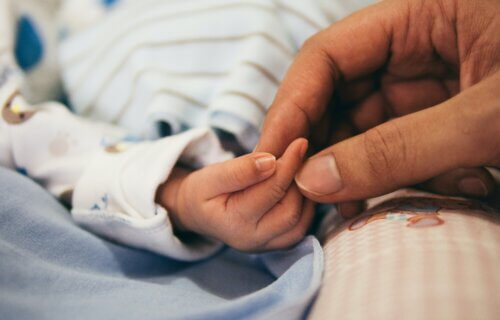BERGEN, Norway — According to a new study, expectant mothers exposed to air pollution are more likely to give birth to smaller babies. Conversely, the research suggests that living in areas with plenty of trees and green spaces may offset the detrimental effects of pollution on birthweight.
Previous studies have established that low birthweight infants face an elevated risk of developing asthma and chronic obstructive pulmonary diseases (COPD) as they age. Scientists argue that there is an urgent need to decrease air pollution and make urban areas greener to better protect infants and their developing respiratory systems.
The recent research is based on data from the Respiratory Health in Northern Europe (RHINE) study, encompassing more than 4,000 children and their mothers from Denmark, Norway, Sweden, Iceland, and Estonia. Researchers assessed the “greenness” of the expectant mothers’ neighborhoods by analyzing satellite images of vegetation density, including forests, farmland, and urban parks.

Additionally, the study considered data on five pollutants: nitrogen dioxide (NO2), ozone, black carbon (BC), and two types of fine particulate matter (PM2.5 and PM10). All average air pollution levels were within the limits set by the European Union. Researchers then correlated these findings with the babies’ birth weights, controlling for variables like the mothers’ age, smoking habits, and other health conditions.
“The time when babies are growing in the womb is critical for lung development. We know that babies with lower birthweight are susceptible to chest infections, and this can lead to problems like asthma and COPD later on,” says Robin Sinsamala, a researcher at the University of Bergen in Norway, in a media release. “Our results suggest that pregnant women exposed to air pollution, even at relatively low levels, give birth to smaller babies.”
They discovered that increased levels of air pollution were associated with reduced birthweights. Specifically, PM2.5, PM10, NO2, and BC were linked to average weight reductions of 56g, 46g, 48g, and 48g, respectively. However, when the greenness of an area was factored in, the impact of pollution on birth weight lessened. Mothers residing in greener areas gave birth to babies who were, on average, 27g heavier compared to those living in less verdant locations.
“This research adds to a growing body of evidence concerning the harmful effects of air pollution, especially on vulnerable infants and young children. While individuals may find it challenging to limit exposure to air pollution, collective efforts must be made to pressurize governments and policymakers to improve air quality,” says Professor Arzu Yorgancioğlu, the European Respiratory Society Advocacy Council Chair.
The study authors are presenting their findings at the European Respiratory Society International Congress in Milan, Italy.
South West News Service writer Stephen Beech contributed to this report.

